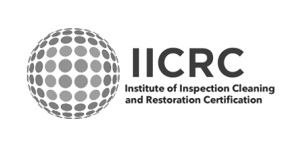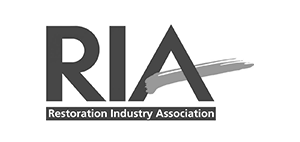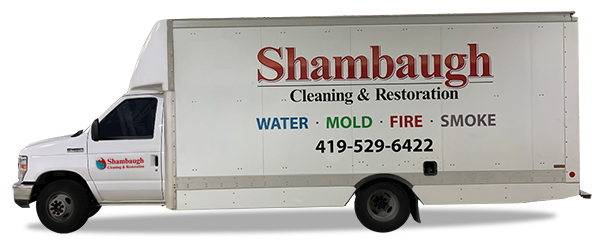Did you know over 350,000 American families face house fires each year? Recovering from a house fire is tough and emotional. It involves many steps to get back to normal and safe.
This article will help homeowners understand the process. It’s about safety and acting fast to reduce damage.
Key Takeaways
- Engaging a structural engineer is crucial for significant fire damage assessments.
- Proper protective gear is essential for safely cleaning up after a fire.
- Water damage from firefighting efforts can be as substantial as the fire damage itself.
- Professional restoration companies use advanced techniques like thermal fogging and ozone treatment for effective deodorization.
- Addressing the psychological impacts of a home fire is vital for a complete recovery.
Immediate Steps After a House Fire
Right after a house fire, safety and quick action are key. Here are the main steps for homeowners:
- Contact Insurance Company: Call your insurance company first. Report the fire and start the claim process. This is the first step towards financial recovery and rebuilding.
- Secure the Property: Lock down your property to avoid more damage. This includes boarding up windows and covering roofs.
- Assess Damage: Get experts like structural engineers to check the damage. They’ll look at both visible and hidden damage. This helps with insurance claims and planning for repairs.
- Contact Local Disaster Relief Services: Organizations like the American Red Cross and Salvation Army provide immediate help after a fire.
- Replace Important Documents: You might need to replace important papers like driver’s licenses and insurance policies.
- Handle Burnt Money Carefully: If money is burnt, you can get it replaced by the Federal Reserve Bank or Treasury. Handle it carefully to avoid more damage.
- Save Receipts: Keep all receipts from fire-related expenses. They’re important for insurance claims and taxes.
- Follow Fire Chief’s Directions: The Fire Chief might close off areas or post signs. They determine the cause and origin of fires.
- Temporary Housing: Some policies cover costs for temporary housing, like hotels.
These immediate steps help manage a house fire’s aftermath. They set the stage for a thorough restoration process.
Fire Damage Cleanup and Restoration
Cleaning up after a fire is a detailed process. It needs careful work and safety steps. First, you must remove debris, soot, and smoke smells. A mix of tri-sodium phosphate (TSP) and household cleaner or bleach works well.
For fabrics and surfaces, use 4 to 6 tablespoons of TSP with one cup of cleaner per gallon of warm water. This helps in deep cleaning.
Stopping mold and mildew is key. Use a mix of one cup of bleach to a gallon of water to clean wet surfaces. This keeps the structure strong and healthy.
Getting help from experts is wise, especially for big repairs like drywall and insulation. These can get damaged by fire hoses and grow mold. Certified professionals, like those from the Institute of Inspection, Cleaning, and Restoration Certification (IICRC), know how to fix these issues right.
- Cleaning Personal Items: Wash pots, pans, and flatware with soapy water, then rinse and polish. Stuff shoes and purses with newspapers to keep their shape.
- Protective Measures: Always wear protective clothes, gloves, and sturdy shoes to avoid dangers.
Fire damage restoration is more than just cleaning. It also means fixing or replacing damaged parts. The time needed to fix a fire can vary from days to months, depending on the damage.
Fire damage can cost a lot. For small fires in a 1,500 square-foot house, the average cost is $16,000. For bigger fires, the cost can go up to $46,166. Most homeowners’ insurance covers fire damage, but extra insurance might be needed for big repairs.
Keeping smoke alarms working and checking wood stoves and chimneys regularly can help prevent fires. With droughts and hot summers, these steps are even more important to keep homes and businesses safe.
Conclusion
Recovering from a house fire is tough, both emotionally and physically. Homeowners face a long journey of restoration. They need quick and professional help right away.
Industrial fans and dehumidifiers are key in removing moisture and humidity. This stops mold from growing, which can start in just 24 to 48 hours. Professional fire restoration services, often covered by insurance, are vital for a thorough and safe cleanup.
Fire damage weakens a property’s structure and creates mold due to firefighting water. Mold and fire damage can cause serious health issues, like breathing problems and allergies. Working with experienced restoration companies is crucial to avoid these risks and restore the property.
They assess damage, remove bad materials, and fix or rebuild what’s needed. This is a key part of the restoration process.
The journey to recover from a house fire is tough, but doable with the right help. Homeowners should find skilled professionals who know about fire damage and mold. Quick action and the right resources help bring back a sense of safety and normalcy.
Getting through this hard time needs strength and the help of certified restoration experts. But, it ensures a future where the home is safe and welcoming again.






